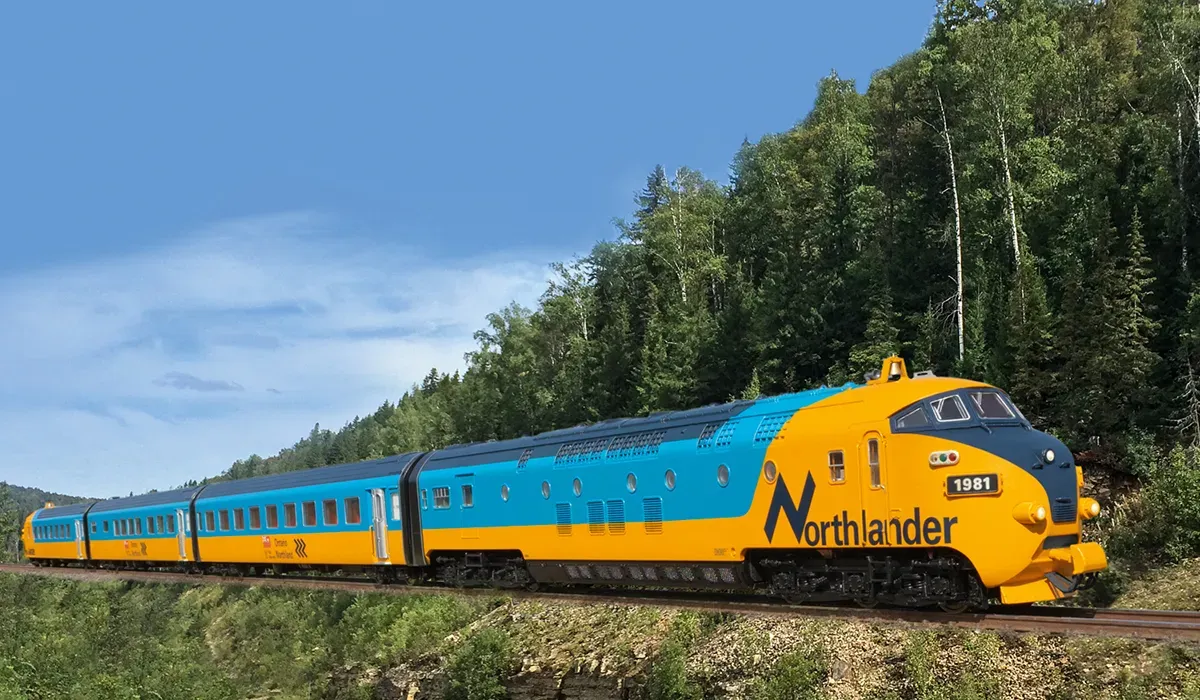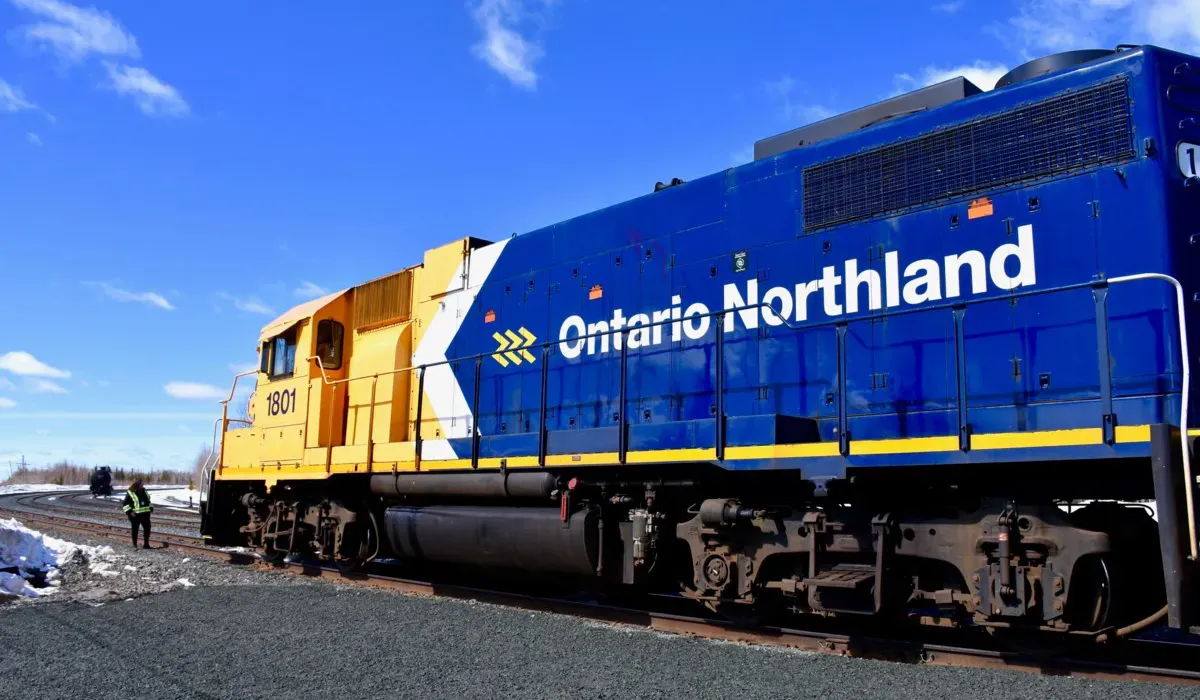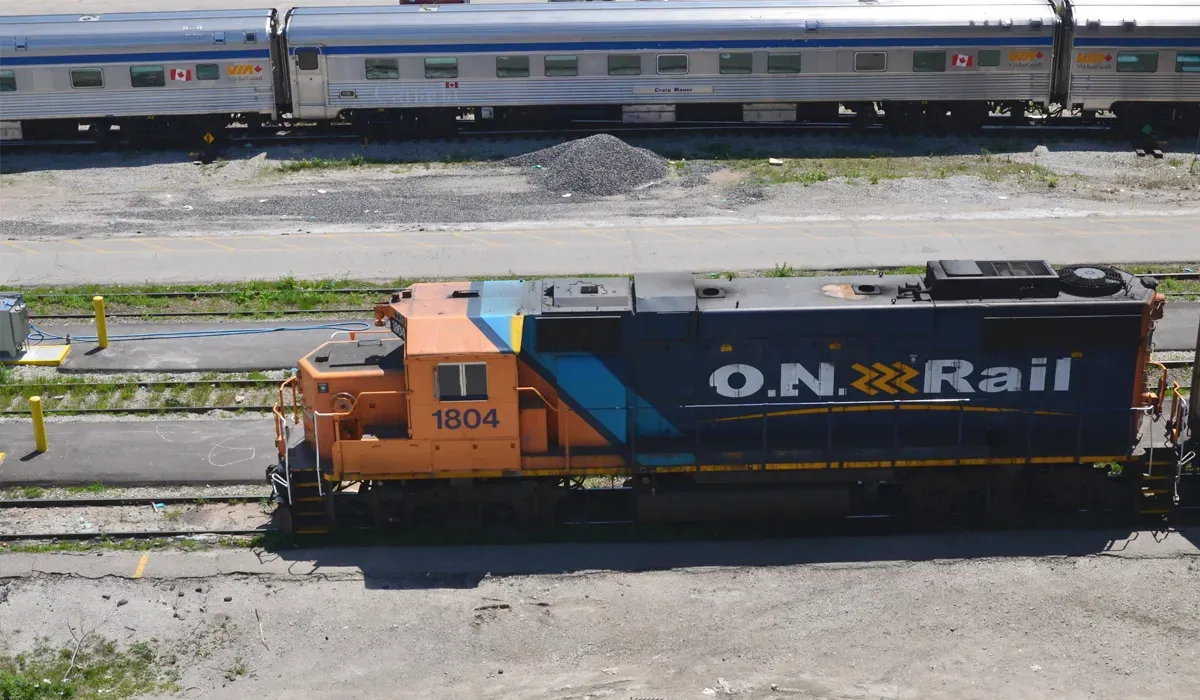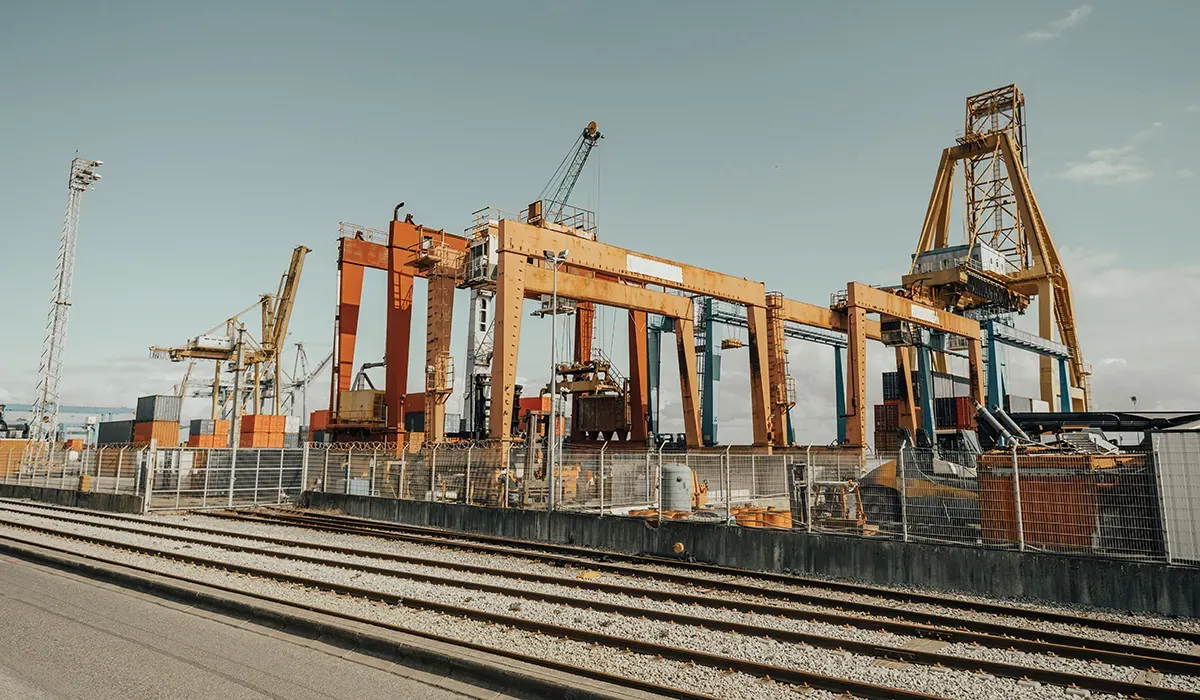TRANSIT RAILROAD
Ontario Northland Railway: Powering Northern Ontario’s Economy with Over 700 Miles of Rail and New Toronto-Timmins Passenger Service


Ontario Northland Railway is a regional Canadian railroad that operates one of North America's most extensive freight and passenger rail networks in Northern Ontario, connecting businesses and communities across the province with safe, efficient, and environmentally responsible transportation solutions. The network spans over 700 miles of track, serving key corridors from North Bay to Moosonee and eastward into Quebec, with primary freight including forest products, mining materials, agricultural goods, and fuel..

FOUNDING HISTORY & ORGANIZATIONAL STRUCTURE
Ontario Northland Railway was founded in 1902 by the Ontario government as the Temiskaming and Northern Ontario Railway to promote settlement and resource development in the north. The railway reached James Bay in 1932 and has since played a pivotal role in the region’s economic growth, with no major mergers but several expansions and branch lines added over the decades..
HEADQUARTERS & OPERATIONAL BASES
The headquarters of Ontario Northland Railway is located at 555 Oak Street East, North Bay, Ontario, P1B 8L3. This facility houses the executive offices, administrative functions, and serves as the central hub for operational coordination, planning, and customer service..

LEADERSHIP & EMPLOYEES
Corina Moore serves as President and CEO of Ontario Northland Railway, leading the organization’s modernization and growth initiatives. The executive team includes leaders in operations, finance, engineering, and customer service, each bringing extensive experience in transportation, logistics, and public sector management. The leadership is focused on delivering reliable transportation, expanding passenger rail, and investing in technology and infrastructure.
Ontario Northland Railway employs approximately 900 people, with a significant portion being skilled craftspeople, maintenance workers, and service teams supporting rail operations, equipment remanufacturing, and passenger services. The workforce is organized across five divisions, and the company emphasizes diversity, safety, and professional development.
FACILITIES & OPERATIONS

Major facilities include the North Bay headquarters and maintenance shops, the Cochrane yard and terminal, the Englehart transload and lumber terminal, the Moosonee terminal near James Bay, and the Porquis Junction yard. Additional key sites include the Kirkland Lake (Swastika) terminal, Timmins transload facility, and the Rouyn-Noranda branch in Quebec, as well as propane and lumber transload sites in Englehart, Porquis, and Halnor.

Ontario Northland Railway maintains compliance with all relevant safety and environmental standards, including adherence to Transport Canada and Federal Railroad Administration regulations. The company has received safety awards and is pursuing ISO certifications for quality and environmental management as part of its modernization efforts.
EQUIPMENT & INFRASTRUCTURE
The railway handles a variety of container types, including boxcars for forest and mining products, tank cars for fuel and propane, covered hoppers for grain and agricultural goods, and intermodal containers for general freight. The Englehart transload facility can accommodate up to 16 lumber cars, and propane transload sites support bulk fuel distribution.
Ontario Northland Railway utilizes advanced technology platforms such as Enterprise Asset Management and Enterprise Resource Planning systems for asset tracking, maintenance, and dispatch. The company offers customer portals for shipment tracking, digital documentation, and service requests, and is developing API integrations to streamline logistics and customer operations.
The geographic scope of Ontario Northland Railway covers Northern Ontario, with its mainline running from North Bay to Moosonee and a branch extending into Rouyn-Noranda, Quebec. The total route mileage exceeds 700 miles, with key corridors serving North Bay, Cochrane, Timmins, Kirkland Lake, and Moosonee, as well as connections to Toronto via the Northlander passenger service.
Ontario Northland Railway maintains strategic partnerships with Canadian National Railway for interline freight movements, as well as with regional shortlines and logistics providers. The company collaborates with major shipping lines and logistics companies to facilitate seamless freight transfers and supply chain solutions.

FINANCIAL METRICS & STABILITY
In fiscal year 2024, Ontario Northland Railway reported a pre-tax profit of approximately $8 million on revenues of $120 million. The company’s operating ratio improved to 92 percent, reflecting ongoing efforts to enhance operational efficiency and cost management.
Recent capital investments include over $50 million allocated to infrastructure upgrades, rolling stock modernization, and the procurement of new Siemens Venture trainsets for the Northlander passenger service, with major projects underway in 2024 and 2025. There have been no significant acquisitions in recent years, as the focus has been on organic growth and modernization.
SERVICE PORTFOLIO

Ontario Northland Railway offers a range of logistics services, including full container load and less than container load shipments, transloading, warehousing, and specialized handling for forest products, mining materials, and agricultural goods. Additional services include customs brokerage, trade compliance consulting, cargo insurance, and equipment remanufacturing and repair.

Ontario Northland Railway has launched a new customer portal to enhance self-service capabilities and improve day-to-day activities for its clients. Additionally, the company offers an API Center to facilitate seamless integration with customer systems, supporting real-time tracking, digital documentation, and automated service requests.
INDUSTRY REPUTATION & NEWS
Ontario Northland Railway is actively working to enhance operational efficiency and service quality. The company is expanding its Englehart transload facility, preparing for the launch of the Northlander passenger rail service between Toronto and Timmins, and investing in new trainsets and digital systems to improve customer experience and safety.
Ontario Northland Railway’s Site Certification Program identifies optimal rail-served sites and conducts in-depth reviews to ensure readiness for development. The company has received recognition for its safety performance and commitment to environmental stewardship, supporting economic development and supply chain efficiency in Northern Ontario.
ANALYSIS & FUTURE OUTLOOK